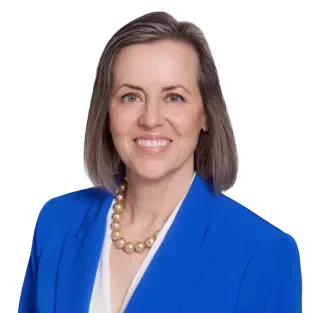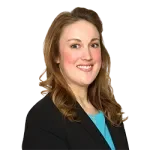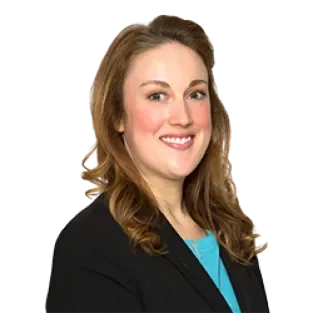ASAP
California Extends COVID-19 Paid Sick Leave to Essential Food Sector Workers
On April 16, 2020, Governor Newsom signed Executive Order ("EO") N-51-20, which took immediate effect and requires certain food sector workers to receive COVID-19 supplemental paid sick leave (CPSL) during the pendency of any statewide stay-at-home orders by California’s Public Health Officer. In addition, workers taking leave when an order expires can continue taking leave.
Covered Employers. The EO covers a "hiring entity," essentially any private company with 500 or more employees in the United States, including a Delivery Network Company1 and a Transportation Network Company2. For business size calculations, the EO uses federal Families First Coronavirus Response Act rules. 29 C.F.R. § 826.40(a)(1)-(2).
Covered Employees. The EO covers essential critical infrastructure workers: (1) who are exempt from requirements under EO N-33-20 or any subsequent statewide stay-at-home order; (2) who leave their home or other place of residence to perform work for or through a hiring entity; and (3) who satisfy any of the following criteria:
- they work in one of the industries or occupations—
- they work for a hiring entity that operates a food facility [Cal. Health & Safety Code § 113789(a)-(b)];3 or
- they deliver food from a food facility [Cal. Health & Safety Code § 113789(a)-(b)].
How Much Time is Provided. CPSL is in addition to any paid sick leave covered workers might already receive under California's Healthy Workplaces, Healthy Families Act of 2014 (HWHFA). Hiring entities cannot require workers to use any pre-existing paid or unpaid leave before they use, or in lieu of using, CPSL. However, a hiring entity need not provide CPSL if, as of April 16, 2020, it provides the worker a supplemental benefit, such as paid leave, that is payable for the reasons, and in an amount equal to or greater than, the EO requires.
A hiring entity must provide 80 hours of CPSL to a worker it considers full-time or if the individual worked or was scheduled to work on average at least 40 hours per week in the two weeks preceding the date the individual took leave. Non-full-time workers with a normal weekly schedule will receive the total number of hours the hiring entity normally schedules the worker to work over two weeks. Individuals who work variable hours receive 14 times the average number of hours they worked each day in the six months preceding the date they took leave, or during the entire period of employment if they were employed for fewer than six months.
Covered Usage. Covered workers can use CPSL immediately if they are unable to work due to the following reasons: (1) the worker is subject to a federal, state, or local quarantine or isolation order related to COVID-19; (2) a health care provider advises the worker to self-quarantine or self-isolate due to concerns related to COVID-19; or (3) the hiring entity prohibits the individual from working due to health concerns related to the potential transmission of COVID-19. Workers can make a verbal or written request for leave. They alone determine how many leave hours they will use.
Payment for Leave. Hiring entities must pay leave at the worker's regular rate of pay for the last pay period, the state minimum wage, or the local minimum wage, whichever is highest. However, the amount of pay caps out at $511 per day and $5,110 overall.
Enforcement. California's Division of Labor Standards Enforcement (DLSE) will enforce and implement the EO and must look to the HWHFA [Cal. Lab. Code §§ 246(n), 246.5(b)-(c), 247, 247.5, and 248.5] for guidance concerning the timing of payment when workers use leave, the prohibition against requiring individuals to find a replacement worker, antidiscrimination and antiretaliation protections, workplace posters (which DLSE must make available by April 23), recordkeeping, penalties and damages.
Additional Handwashing Provisions. Notably, the EO requires that hiring entities allow employees working in any food facility to wash their hands every 30 minutes and additionally as needed.





